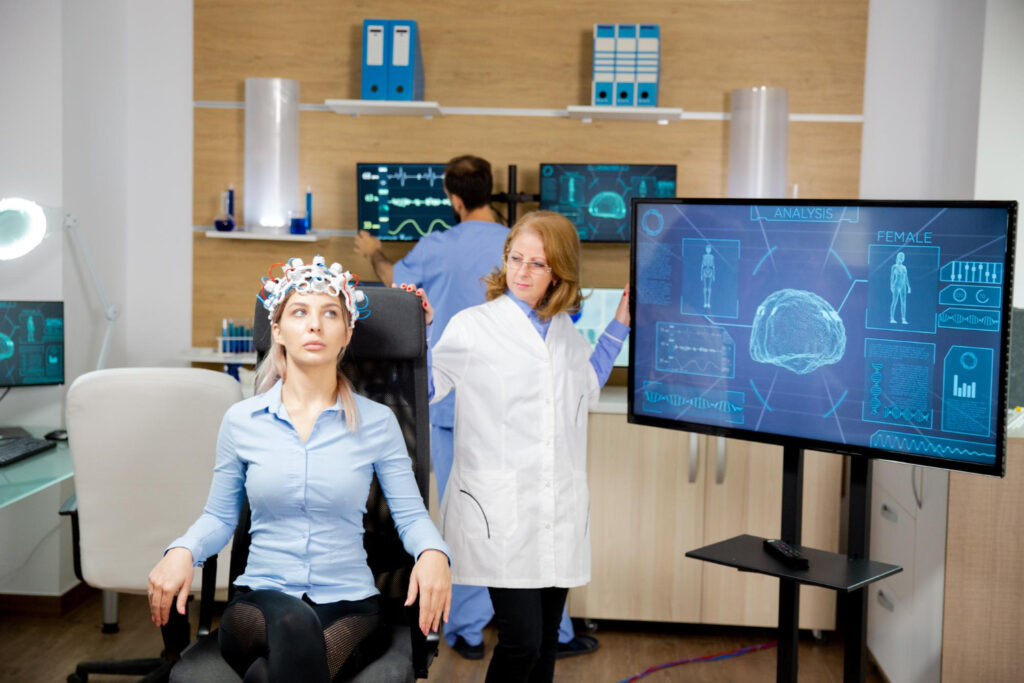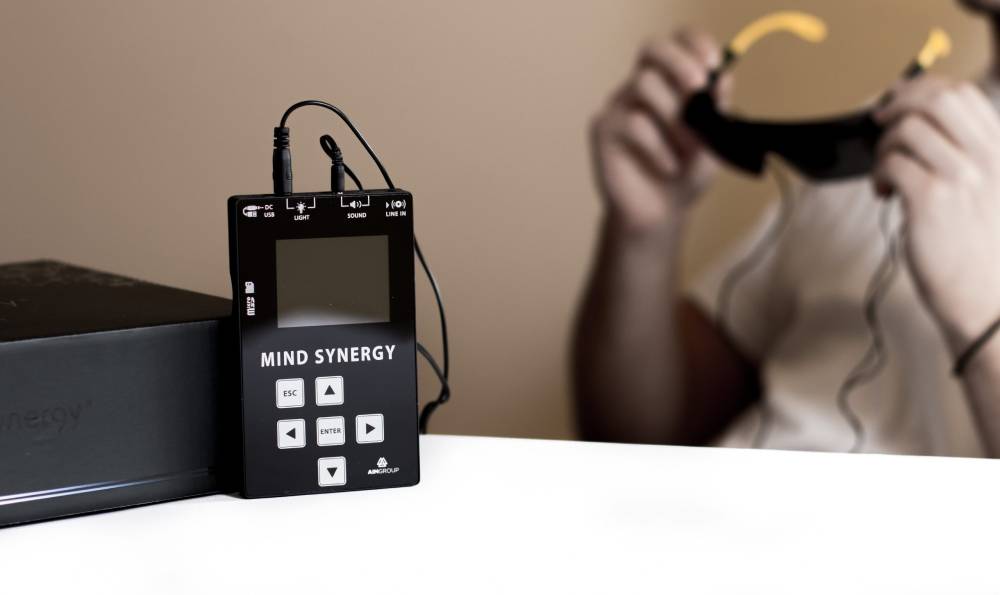The Science Blog

The Rise of Brain-Computer Interfaces: How Close Are We?
In recent years, neuroscience has made huge strides with brain-computer interfaces (BCIs). These advanced technologies will change what humans can do. They combine the complex workings of the brain with the accuracy of digital tech. But how close are we to fully realizing the potential of this groundbreaking innovation? This exploration looks at brain-machine interfaces today. We also discuss how neurotechnology enhances our thinking. Finally, we consider the future of this exciting blend of mind and machine.
Key Benefits / Why It Matters
Brain-computer interfaces represent a monumental shift in how we interact with technology. A BCI is a direct link between the brain and a device. It often skips the usual neuromuscular pathways. This concept has profound implications for a variety of fields, from healthcare to entertainment.
Revolutionising Healthcare
One of the primary areas where BCIs are making a significant impact is in the realm of healthcare. For people with mobility issues or neurological disorders, these interfaces provide a fresh start. Picture a world where paralysis doesn’t hold anyone back. People can control prosthetic limbs just by thinking. This is not just a distant dream; it’s a growing reality. Research shows successful applications are already happening.
BCIs can help people with ALS or locked-in syndrome communicate again. Researchers have made interfaces that let users type or talk just by thinking. This gives a new voice to people who cannot speak.
Enhancing Cognitive Abilities
Beyond healthcare, BCIs have the potential to revolutionise cognitive enhancement. BCIs can tap into the brain’s neural networks. This could boost cognitive functions, improve memory, and help with learning. This offers many chances for education, job training, and personal growth. It could change how we learn and gain skills.
Some experts think future BCIs could let us learn things instantly. This means we might download information directly into our brains. This idea is mostly theoretical, but it shows the great possibilities ahead.
Transforming Entertainment and Communication
The entertainment industry is exploring BCIs. This is especially true in gaming and virtual reality (VR). Picture playing a video game where you control a character with just your thoughts. Or imagine being in a VR world that reacts to your brain activity. BCIs could change communication. People might interact without words. They could send neural signals directly to one another.
Step-by-Step Guide / Actionable Insights

To understand brain-machine interfaces, you need to know a few key steps and tech advances. Here’s a closer look at how these systems work and the journey from concept to practical application.
Understanding the Brain’s Language
The first step in developing a BCI is decoding the brain’s complex language. Our brains communicate through electrical signals, with neurons firing in intricate patterns. Neurotechnology aims to translate these signals into commands that a computer can understand. This uses advanced algorithms and machine learning to precisely interpret neural activity.
Building the Interface
After decoding the brain’s signals, the next step is to create an interface. This interface will help the brain communicate with the external device. This typically involves the use of electrodes, which can be either invasive or non-invasive.
- Invasive BCIs: Methods use electrodes placed directly in the brain. They provide high accuracy and detailed readings. They are particularly effective for medical applications but come with surgical risks.
- Non-invasive BCIs: Methods such as electroencephalography (EEG) involve placing electrodes on the scalp. While safer, they provide less detailed neural data compared to invasive techniques.
Testing and Calibration
The development of a BCI doesn’t stop at building the hardware. Extensive testing and calibration are crucial to ensure the interface works seamlessly. This trains the system to spot unique neural patterns. It also adapts to the user’s specific brain signals. This phase is key. It makes sure the interface works well and reliably in real-life situations.
Real-World Applications
Once a BCI is developed and tested, the final step is to apply it in real-world settings. This can include medical uses, like controlling prosthetics or helping people with speech issues communicate. It can also enhance gaming by letting players control avatars using their thoughts. The possibilities are vast and continually expanding as the technology evolves.
Additional Expert Tips & Common Mistakes to Avoid
When developing and using brain-computer interfaces, keep in mind best practices and common pitfalls.
Best Practices
- Ethical Considerations: BCIs could change human abilities a lot. This raises questions about privacy, consent, and possible misuse. Developers need to tread carefully in these ethical areas. They should make sure users understand everything and give their consent.
- User Adaptability: The human brain is incredibly adaptable, but training the user to operate a BCI efficiently is essential. Designing user-friendly systems can accelerate adoption and improve functionality.
- Interdisciplinary Collaboration: BCIs thrive with a multidisciplinary team. This includes neuroscience, engineering, artificial intelligence, and ethics. Collaboration across these fields ensures a holistic approach to development.
Common Mistakes to Avoid
- Underestimating Neural Complexity: The brain is very complex. Simplifying its functions can hurt how well the interface works. Rigorous testing and validation are essential to ensure the technology’s reliability and accuracy.
- Overpromising Capabilities: BCIs have great potential, but they are still new. Overselling their current capabilities can lead to unrealistic expectations and scepticism from the public.
- Neglecting Security Concerns: BCIs connect directly to brain activity. This makes cybersecurity very important. Developers must ensure that these systems are secure against hacking or unauthorised access.
Advanced Insights / Expert Recommendations
For those looking to delve deeper into the world of BCIs, it is essential to stay abreast of the latest research and developments. The field is rapidly evolving, with new advancements emerging regularly. Reading academic papers, going to conferences, and joining workshops can give you great insights. They also help you stay updated in this exciting field.
Experts suggest a team approach to BCI development. This includes skills from neuroscience, computer science, engineering, and ethics. This teamwork helps everyone see the challenges and chances clearly. It encourages new ideas and responsible growth.
The Future of Mind-Machine Synergy

Brain-computer interfaces are changing how we interact with technology. This is a key moment in our history. We are on the edge of a new era. These technologies can improve lives, break barriers, and change what humans can do. It’s truly amazing. However, with great power comes great responsibility. As we move forward, we must balance innovation with ethics. It’s important to make sure these technologies serve the greater good.
For those intrigued by the possibilities of BCIs, now is the time to engage with this burgeoning field. If you’re a researcher, developer, or just curious, you can help shape the future of neurotechnology. As we continue to explore the uncharted territories of the mind, the journey promises to be as fascinating as the destination.









